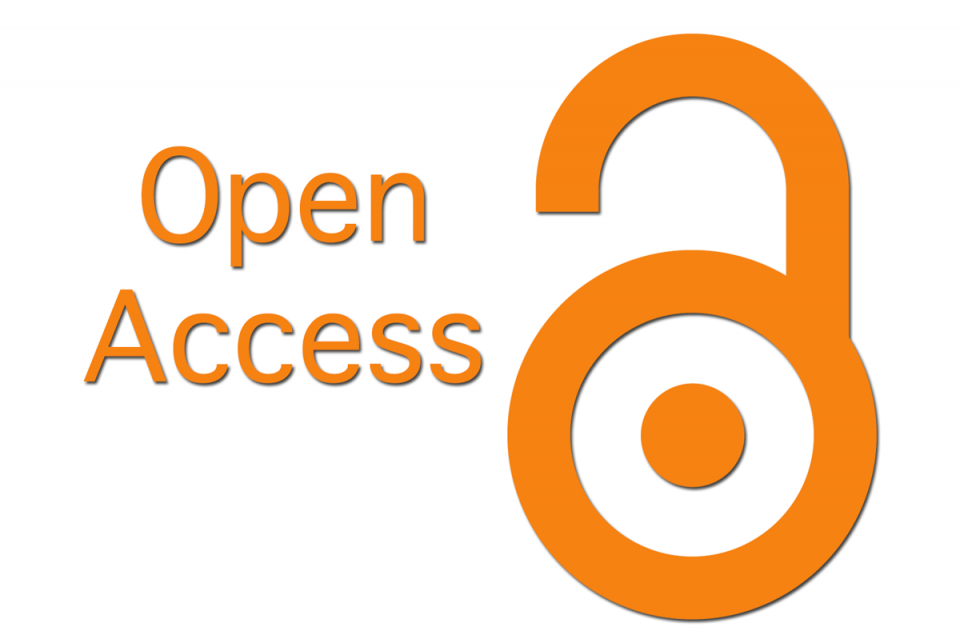Survivin in the malignant transformation of Oral Potentially Malignant Disorders to Oral Squamous Cell Carcinoma: A Systematic Review
DOI:
https://doi.org/10.48047/ytpnk234Keywords:
Survivin, Mouth Neoplasms, Carcinoma, Squamous Cell, Precancerous Conditions, Biomarkers, TumorAbstract
Oral squamous cell carcinoma (OSCC) is the most common malignancy of the oral cavity, contributing 80% of the malignancies in the head and neck region. Survivin (an anti-apoptotic protein) has been recently identified as a promising diagnostic and therapeutic target in various types of cancer. This systematic review was aimed at identifying the correlation between the expression levels of survivin and their role in the progression of OSCC. Using a search strategy, articles were searched in the databases up to August 2023, fulfilling the inclusion and exclusion criteria. Articles were collected from online databases: PubMed, Scopus, Web of Science, and the Cochrane Library. Based on the search, about 754 articles were found and retrieved from databases.
Downloads
References
Nokovitch L, Maquet C, Crampon F, Taihi I, Roussel LM, Obongo R, et al. Oral Cavity Squamous Cell Carcinoma Risk Factors: State of the Art. J Clin Med Res. 2023 May 3;12(9):3264. 2. Goutham Vijayakumar, Gidean A. Sundaram, Vinod Krishnaswamy, Murugesan Krishnan, Santhosh P. Kumar, Saravanan Lakshmanan (2024) Influence Of Three Different Flap Designs On The Sequelae Of Impacted Mandibular Third Molar Removal, 44(3), 1127-1132 3. Kumari P, Debta P, Dixit A. Oral Potentially Malignant Disorders: Etiology, Pathogenesis, and Transformation Into Oral Cancer. Front Pharmacol. 2022 Apr 20;13:825266.
Downloads
Published
Issue
Section
License

This work is licensed under a Creative Commons Attribution 4.0 International License.
You are free to:
- Share — copy and redistribute the material in any medium or format for any purpose, even commercially.
- Adapt — remix, transform, and build upon the material for any purpose, even commercially.
- The licensor cannot revoke these freedoms as long as you follow the license terms.
Under the following terms:
- Attribution — You must give appropriate credit , provide a link to the license, and indicate if changes were made . You may do so in any reasonable manner, but not in any way that suggests the licensor endorses you or your use.
- No additional restrictions — You may not apply legal terms or technological measures that legally restrict others from doing anything the license permits.
Notices:
You do not have to comply with the license for elements of the material in the public domain or where your use is permitted by an applicable exception or limitation .
No warranties are given. The license may not give you all of the permissions necessary for your intended use. For example, other rights such as publicity, privacy, or moral rights may limit how you use the material.








